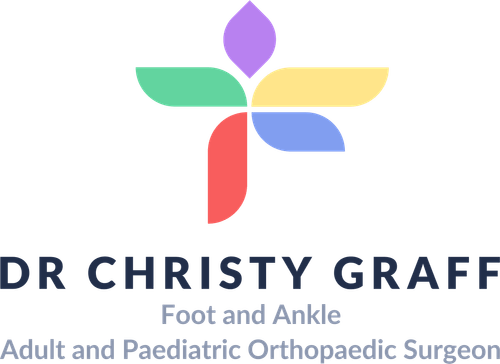Knocked Knees (genu valgum)
What are Knocked Knees?
Knock knees is a condition in which knees touch (or “knock”) one another even when the ankles are apart. It is a common condition in healthy children in early childhood and can be part of normal growth and development. It is usually worse at the age of 3-4 and ‘normalised’ by the age of 7. However, when it occurs outside of normal development or is more severe than normal, it may be due to an underlying disease.
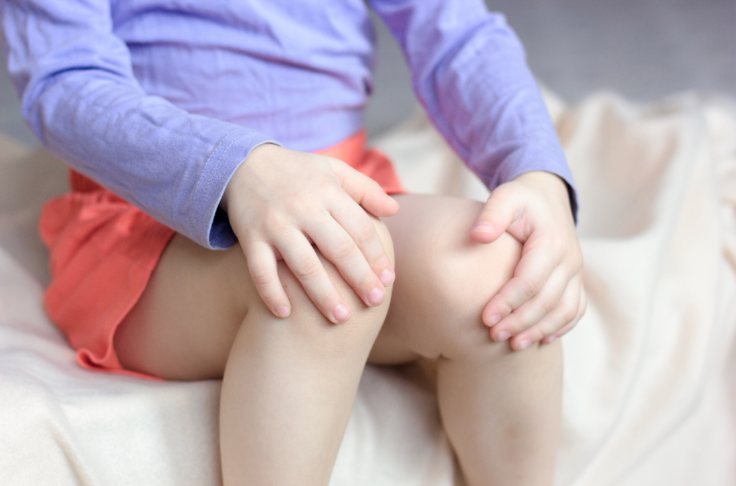
Impact of Knocked Knees on Anatomy and Health
Severe knocked knees in adults can lead to several anatomical and health implications, including:
- Abnormal Gait: The inward angle of the knees can alter how you walk, leading to a less efficient gait and increased energy expenditure.
- Joint Stress: Uneven weight distribution places extra pressure on the outer parts of the knees, hips, and ankles, potentially causing pain and joint wear over time.
- Risk of Injuries: Misaligned legs can increase the risk of injuries such as sprains, tears, or fractures, particularly in athletes or those engaging in high-impact activities.
- Arthritis Development: Chronic joint misalignment can lead to early onset of osteoarthritis, especially in the knees.
- Postural Issues: Knocked knees may contribute to poor posture, back pain, or other musculoskeletal issues.
Risk Factors for Knocked Knees
Certain individuals are more prone to developing or retaining knocked knees:
- Young Children: Knocked knees are a normal developmental stage for children between the ages of 2 and 6. They usually resolve without treatment by age 7 or 8.
- Women: Females are slightly more likely to experience persistent knocked knees due to differences in hip structure and hormonal influences on ligaments.
- Nutritional Deficiencies: Insufficient vitamin D or calcium intake can lead to conditions such as rickets and contribute to the development of knocked knees.
- People with Preexisting Conditions: Conditions like osteoarthritis, rheumatoid arthritis, or congenital bone disorders increase susceptibility.
Causes of Knocked Knees
- Physiologic – normal part of growth and development (most common)
- Trauma
- Infection
- Rickets
- Skeletal dysplasia
- Benign tumours or tumour conditions
When should parents be concerned?
- Your child has a limp or pain in their legs
- Difficulty in walking
- Only one leg is affected, or one leg is significantly worse than the other
- Knock knees are severe
- Getting worse over the age of 5 - 6 years old
- Persisting after the age of 10 years old
- Your child is unusually short for their age
- Develops later in childhood
- Has a known underlying condition
Symptoms of Knocked Knees
- Most often, this condition is asymptomatic.
- Ankles appearing further apart than normal when the knees are together. This usually becomes apparent at about 2 - 3 years old.
- This abnormal gait may result from an unusual walking pattern with outward rotated feet – hip, knee, ankle, or foot pain.
- Difficulty running
- Severe cases may cause knee pain or limping.
Prevention of Knocked Knees
While not all cases of knocked knees can be prevented, certain measures can reduce the risk or mitigate severity:
- Maintain a Balanced Diet: Ensure adequate calcium and vitamin D intake to support strong bones and proper growth.
- Regular Exercise: Strengthening exercises for the legs, hips, and core can improve joint alignment and reduce strain.
- Healthy Weight Management: Avoiding excess body weight reduces knee pressure and prevents the pain from worsening.
- Address Underlying Conditions: Managing conditions like arthritis, rickets, or connective tissue disorders can prevent the secondary development of knocked knees.
Types of Knocked Knees
Knocked knees can be classified into different types based on their cause, presentation, and severity:
- Physiological Knocked Knees: A normal part of childhood development where the knees angle inward. It typically resolves naturally by age 7 or 8 without requiring treatment.
- Pathological Knocked Knees: Caused by underlying medical conditions such as rickets, Blount’s disease, or infections. These cases often require medical intervention.
- Traumatic Knocked Knees: Injuries, such as fractures or ligament damage, disrupt normal bone alignment.
- Structural Knocked Knees: Caused by genetic or anatomical abnormalities such as limb length discrepancies or congenital deformities.
- Compensatory Knocked Knees: Arising due to compensation for other misalignments or conditions, such as flat feet or hip dysplasia.
Stages of Knocked Knees
Knocked knees can progress through the following stages, depending on the underlying cause:
- Mild Stage: Slight inward angling of the knees with no significant symptoms. It is common in young children and often resolves naturally.
- Moderate Stage: More pronounced misalignment, potentially accompanied by discomfort, fatigue, or a noticeable gait alteration.
- Severe Stage: Significant misalignment that affects walking, posture, and joint health. This stage often leads to pain and an increased risk of arthritis.
- Chronic Stage: In adults, long-standing untreated knocked knees can result in chronic joint pain, reduced mobility, and permanent structural changes.
Diagnosis of Knocked Knees
Through physical examination of the legs and gait. Measurements of the distance between both ankles may be taken and monitored over time.
Your doctor may arrange x-ray imaging for further assessment or confirmation of diagnosis.
Management and Treatment of Knocked Knees
Children rarely need treatment; their legs will usually straighten with growths. The majority will grow out of the condition by 7 years of age. Splints, bracing and special shoes are not recommended.
Surgery is only required if a severe deformity is present or persisting, the deformity is asymmetric, and there is significant difficulty with pain or mobility, which could be improved.
While your child is still growing (before the age of 13 - 14 for girls and 16 - 17 for boys), using guided growth (small metal plates or screws over the growth plate) is a small, usually day case procedure to help correct knocked knees over time.
After your child has finished growing, realigning bones by cutting them is a much bigger operation to correct the position of the knees.
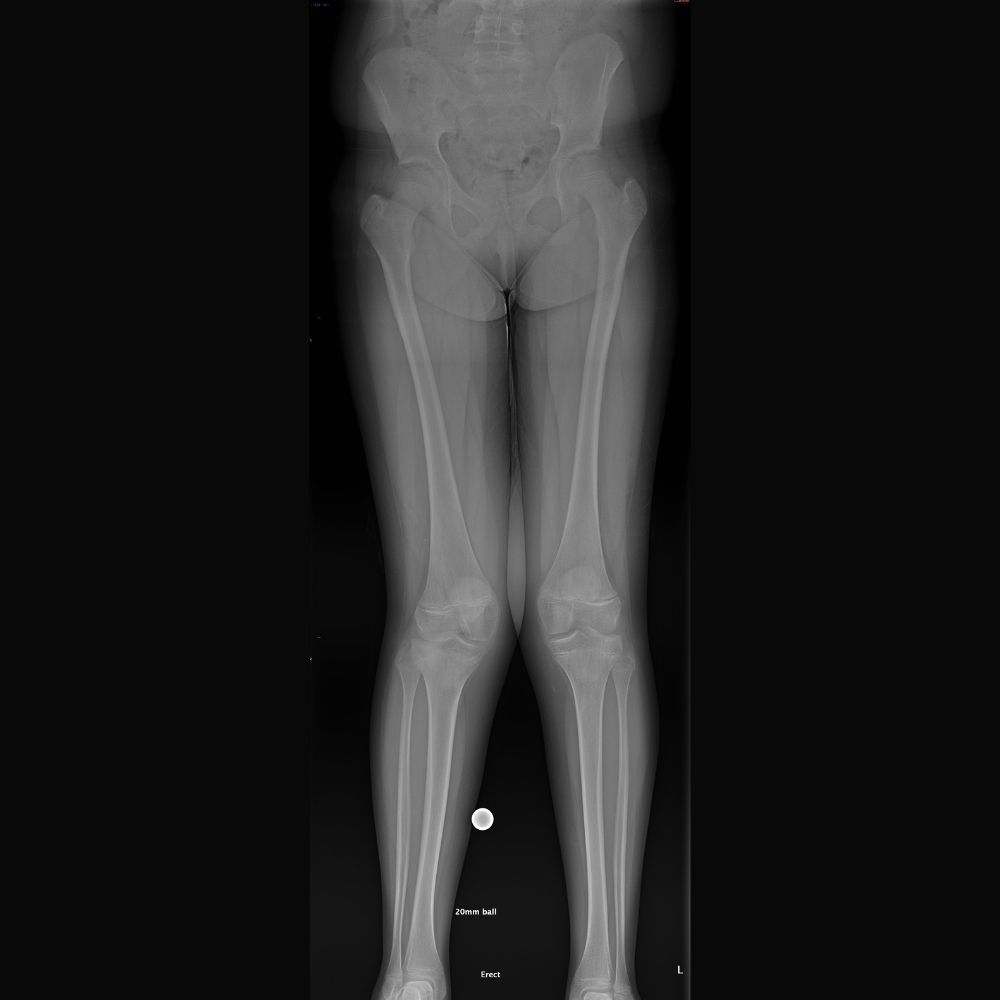
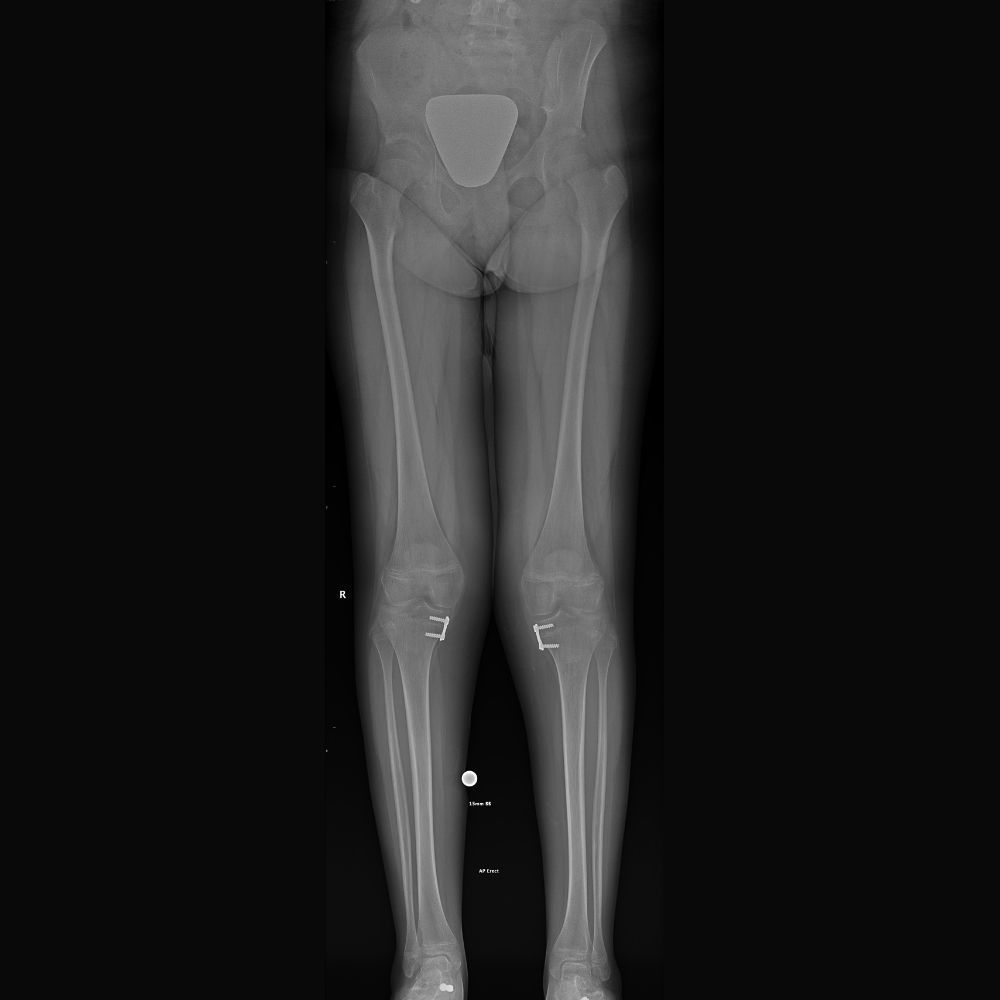
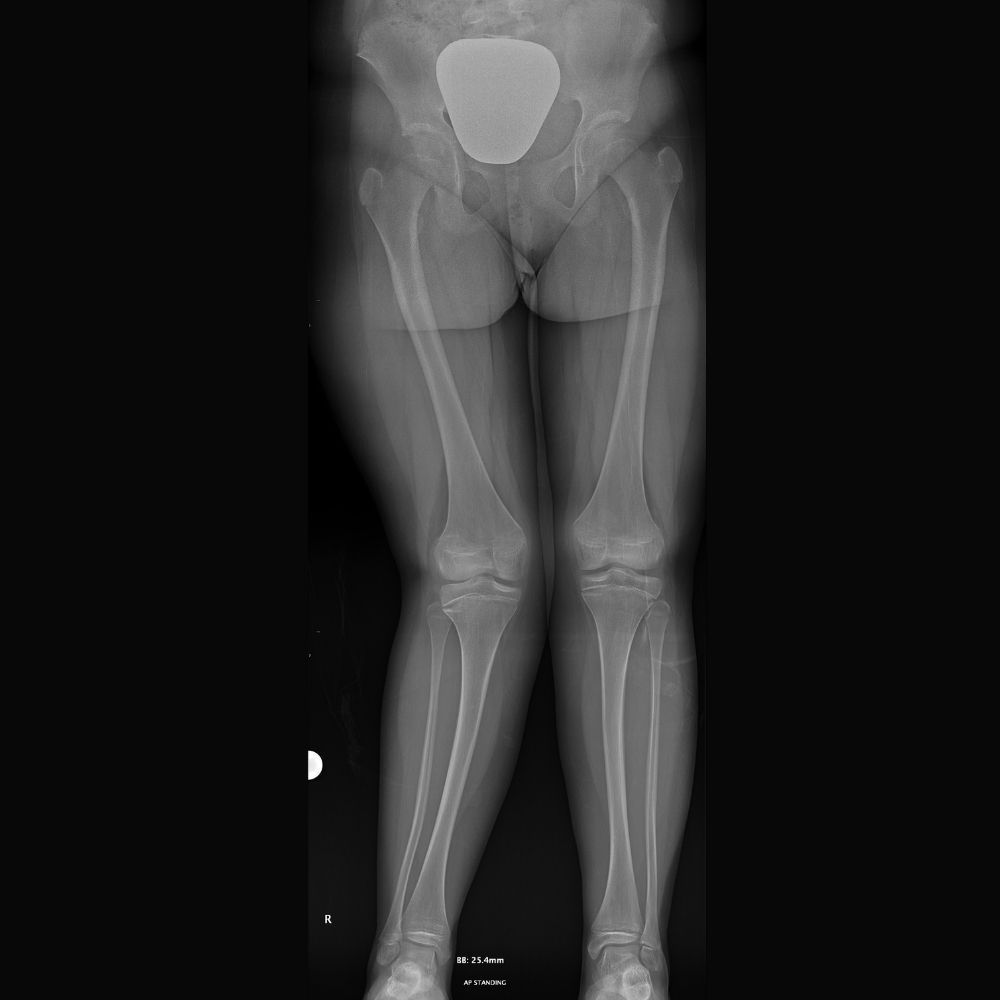
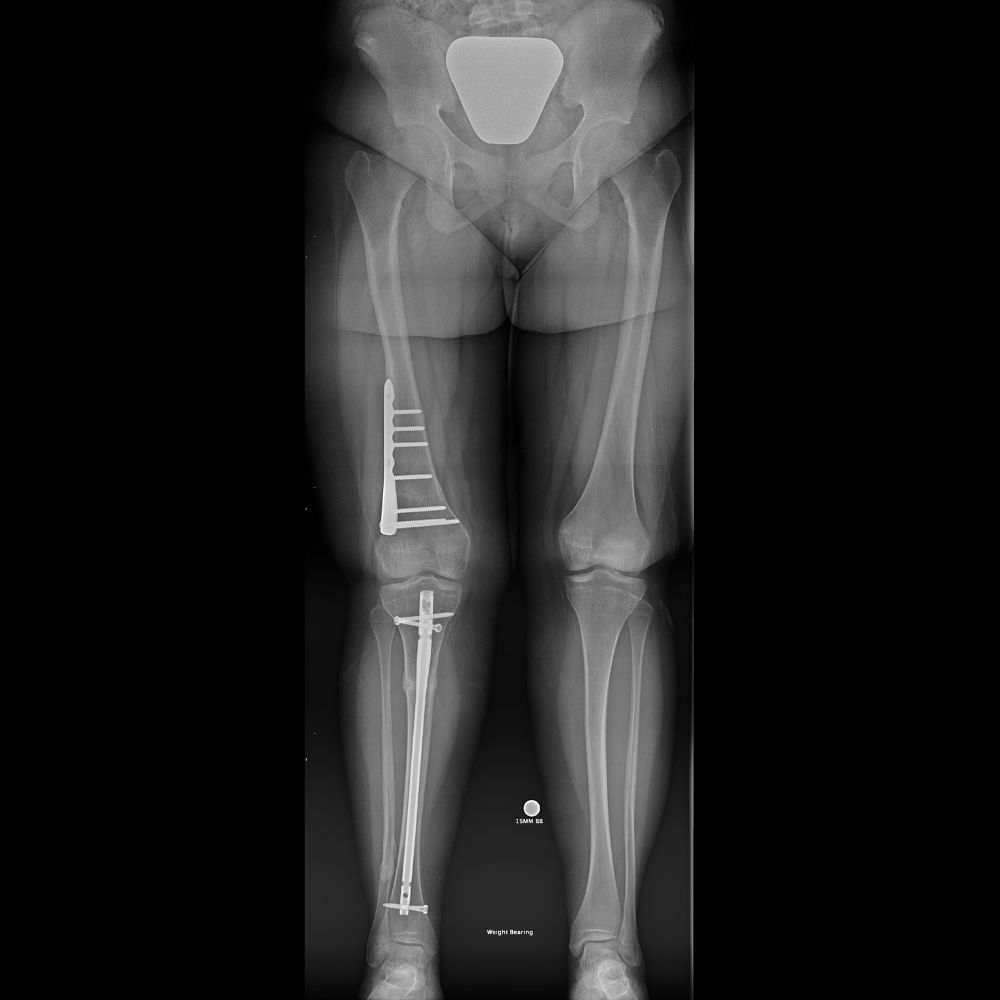
What if Knocked Knees are Untreated?
If left untreated, knocked knees can lead to various complications, including:
- Chronic Pain: Persistent knee, hip, or ankle discomfort due to uneven weight distribution.
- Joint Damage: Increased stress on the joints may lead to premature wear and tear, causing osteoarthritis.
- Reduced Mobility: Difficulty walking or performing daily activities due to impaired gait and postural issues.
- Spinal Problems: Misalignment in the legs can lead to compensatory changes in posture, contributing to back pain or scoliosis.
- Increased Risk of Injuries: Misaligned knees are more prone to injuries, including ligament tears and sprains.
- Psychosocial Impact: The visible deformity and difficulty in movement may affect self-esteem and social interactions, particularly in adolescents and adults.
Timely diagnosis and treatment can prevent these complications and improve the quality of life for individuals with knocked knees.
